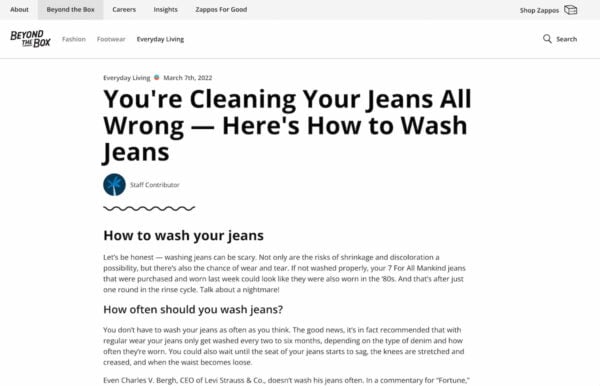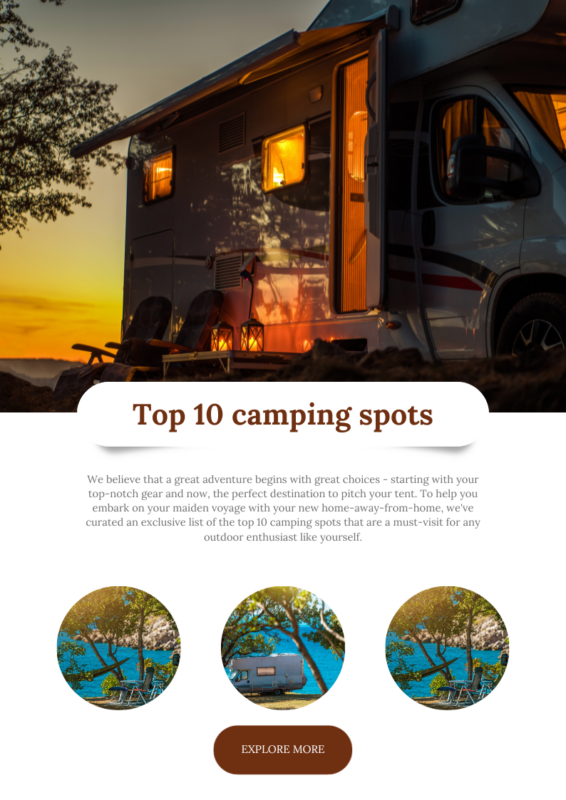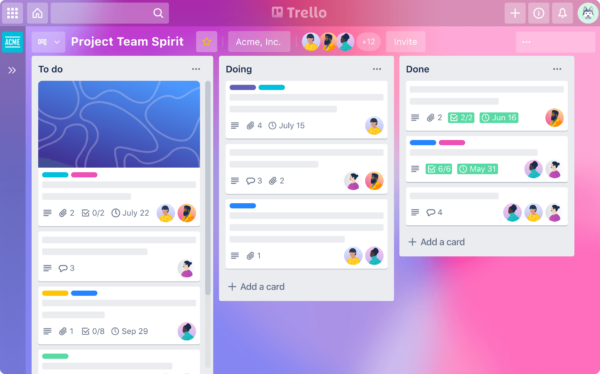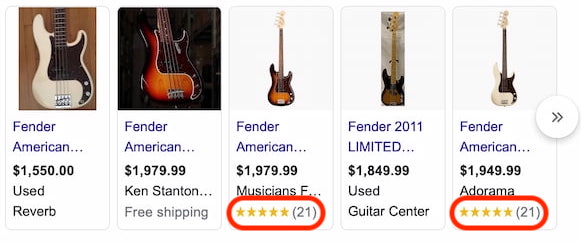7 content marketing strategies for your online shop

Great SEO forms the foundation of your online store, setting the stage for increased visibility and traffic. Yet, the real magic happens when you blend this with a strong content marketing strategy for your online shop. This is where you transform casual clicks into a captivated audience, ready to explore what your online shop has to offer! It’s not just about being seen; it’s about creating a connection that turns visitors into valued customers. In this blog post, we’ll guide you on creating a content marketing strategy that breathes life into your online business. Get ready to boost your sales and succeed in the world of ecommerce!
What is content marketing?
Content marketing is the art of creating and distributing valuable, relevant content to attract and engage a target audience — and, ultimately, to drive profitable customer action, whether it’s making a purchase, signing up for newsletters, or sharing your content. It’s about understanding the needs and questions of your customers and providing the answers through quality content.
Unlike traditional marketing, content marketing turns the spotlight away from the products themselves and shines it on the story, the context, and the value they add to the customer’s life. It’s not a pitch; it’s a conversation. It’s how brands today build a loyal following by offering tidbits of wisdom, entertainment, and inspiration without asking for anything in return—at least not right away.
Why is content marketing important for your online shop?
Within the world of ecommerce, content marketing becomes the bridge between online visibility and conversion. It’s important because it answers your audience’s questions and helps you build trust, develop relationships, improve conversions, and generate leads. Customers consistently expect high-quality content from their favorite brands. Content marketing also helps improve your visibility in search engine results, which is crucial for attracting customers in a space where the competition is only a click away. It also provides a means to keep your audience engaged with your brand between purchases.
7 strategies to unlock ecommerce success
Content marketing includes many different types of content, like blogging, social media, video and so much more. Here, we’ll guide you through these options and help you make the right choice for your specific needs and goals.
1. Effective blogging strategies
Blogging is a fundamental content marketing strategy for online shops. Regularly publishing informative and engaging blog posts related to your products or industry can attract and educate potential customers. It also provides valuable content for search engines to index, improving your SEO.
For ecommerce, this means creating blog posts that not only showcase your products but also provide actionable advice. For instance, if you’re selling eco-friendly products, a blog post on “10 easy ways to make your home greener” can educate your audience while subtly introducing your products. Or if you’re selling jeans you can create content surrounding the topic of jeans, like how to wash your jeans. Use keyword research to guide your topics, ensuring they’re not only interesting but also SEO-proof!

Read more: How to write a blog post: A step-by-step guide from preparation to publication »
2. Harness the power of social media
Social media is your digital storefront where your brand’s personality shines. It’s not just about promotion; it’s about connection. Create a content mix that includes product highlights, customer testimonials, and even memes that align with your brand voice. For example, if you have a new line of kitchenware, why not run a “Recipe of the Week” feature on Instagram with pictures of meals made using your products? Engage with your followers by asking them to share their own creations.

Keep reading: How to use social media to reach your audience »
3. Maximize email marketing impact
Email isn’t dead; it’s one of the most direct ways to reach your customer. Segment your audience and tailor your messages. A customer who bought a tent from your outdoor shop might appreciate an email about the top 10 camping spots in their area, along with a special offer on camping gear. Use automation to trigger emails based on customer behavior, like a follow-up email with care tips after a purchase, to keep your brand at the forefront of their minds.

Read on: Getting started with email and social media marketing »
4. Engage with your customers through video
Video is a dynamic way to showcase your products in action. For example, if you sell fitness equipment, a series of short workout videos can demonstrate the versatility of your products. These can be shared across platforms, from YouTube to TikTok, depending on where your audience spends their time. Remember, videos can also be repurposed; a live Q&A session on Facebook can later be edited into bite-sized tips for other platforms!
Did you know that there’s also such a thing as video SEO? Video SEO is optimizing your videos and video content pages to make them appear in the regular search results for the keywords you want them to be found for. There are primarily two strategies for video optimization: one aims to increase your website’s visibility in video and universal search results (Video SEO), while the other focuses on boosting the presence of your videos on various social media platforms and ensuring they are prominent within Google search results (this includes optimizing for platforms like YouTube, Facebook, etc.). Want to learn more? Learn how to rank your videos with our guide on Video SEO.
5. Create an editorial calendar as a roadmap
An editorial calendar is your content compass. Tools like Trello or Asana can help you visualize your content strategy and ensure that your team is on the same page. This calendar should be flexible; be ready to adapt to trends or breaking news relevant to your audience. It also helps you plan for seasonal content, like a summer essentials guide for your fashion store, ensuring you’re always ahead of the trend.

6. Optimized product descriptions for SEO
Your product descriptions are where SEO meets persuasion. Instead of just listing features, tell a story. For a coffee machine, don’t just talk about the technical specs; describe the aroma of fresh coffee that fills the room. Use keywords naturally, and remember to optimize for long-tail keywords, like “energy-efficient Italian espresso machine,” which can capture a more targeted audience.
Keep on reading: 7 ways to improve product descriptions in your online store »
7. Enhance product visibility with structured data
Structured data is like a secret handshake with search engines. It translates your product information into a language they understand, which can lead to richer search results. For example, by using Schema.org markup, you can make sure your guitars show up with ratings and prices right in the search results, making it easier for customers to make a decision.

Optimizing your product descriptions with structured data is a game-changer in how your products appear in search results. By leveraging the Yoast WooCommerce SEO plugin or the Yoast SEO for Shopify app you can enhance your product listings with rich snippets, thanks to Schema.org structured data integration. This makes your listings more eye-catching with ratings, price, and availability directly visible in search results. Yoast SEO simplifies the process; you’re not just listing products; you’re providing a richer, more informative search experience that can translate into better visibility and higher sales.
Achieving ecommerce excellence through content marketing
Ecommerce content marketing is not just about selling; it’s about creating a narrative that weaves your products into the lives of your customers. Embrace content marketing as a powerful tool and use these strategies to build that narrative and watch your online shop thrive!
Read more: The ultimate guide to ecommerce SEO: how to sell more online »

